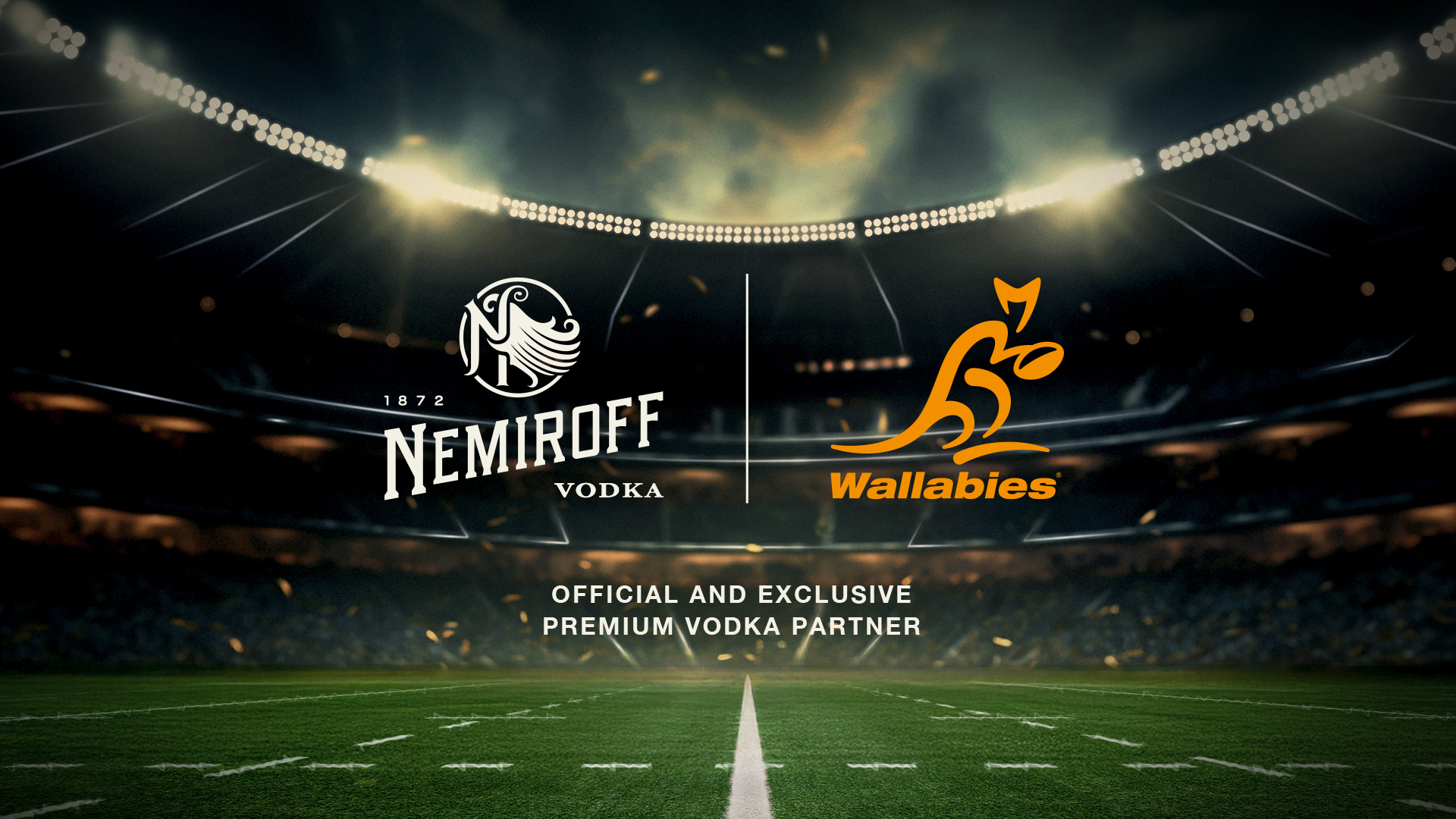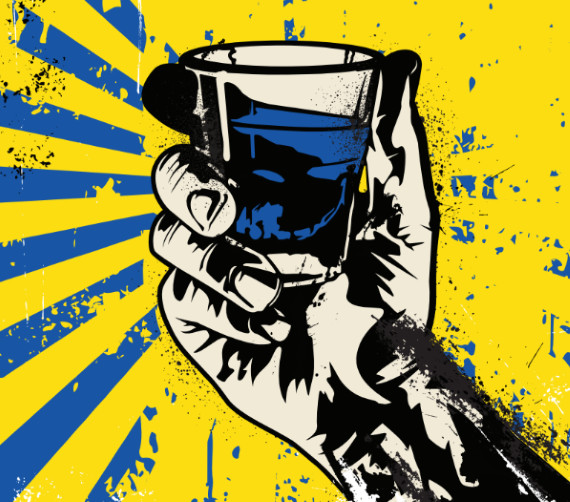In late 2019 Ukraine president Volodymyr Zelensky signed a law to dismantle the state-owned monopoly of alcohol production which operated under the name Ukrspyrt. Up until then Ukrspyrt ran more than 70 facilities across Ukraine, but in 2016, Yevhen Chernyak, chief executive of Global Spirits, accused the enterprise of using illegal “shadow alcohol”.
Other signs of corruption spilled over in 2017 when a former Ukrspyrt director was assassinated in Kyiv, and his predecessor was accused of being involved in the murder the following year.
Under privatisation the ambition was to increase sales across all alcoholic beverages by 15% while simultaneously reducing corruption through the effects of a shadow economy in beverage production – the shadow economy referring to beverage alcohol which was unaccounted for by authorities and the tax office.
However, according to a report by Suspilne Media, there have been questions raised about the personnel behind seven business groups which invested in Ukrspyrt facilities, including government officials, former tax officials and even “a fugitive oligarch”.
Corruption aside, the majority of Ukrspyrt’s facilities were also outdated, having been built after World War II and widely considered unfit to make quality products. In total, 56 Ukrspyrt facilities were sold as of spring 2025 and, according to Hetmantsev, 300 million litres of alcohol were produced in 2024 – 151% more compared to 2021.
A new law was also announced in 2025 that taxes for distilleries should be based on production capacity rather than the volume of officially manufactured products, which in theory should render unaccounted production a pointless exercise.
Nemiroff is one of the best-known premium Ukrainian spirits outside its borders. The vodka brand has more than 150 years of history under both private and state control and in late 2020 it purchased the Nemyriv distillery. It was the first of the Ukrspyrt facilities to be sold at auction and was located virtually next door to the brand’s home at the time of purchase.
Following the sale five years ago, Yuriy Sorochynskiy, chief executive of Nemiroff, said: “The company diligently approaches both the technological process and the selection of ingredients, so after privatisation we plan to raise the quality of alcohol to a new level that meets global standards.”

Shortly after the purchase Nemiroff introduced a new bottle design and began looking to export markets as part of its strategy. More recently, the brand has used sports teams to generate exposure in core markets through sponsorship deals with four English Premier League sides and Australian national rugby side the Wallabies.
“This partnership with the Wallabies marks an important milestone in Nemiroff’s global expansion strategy,” says Sorochynskiy. “Australia is a premium, high-potential market for us, and aligning with such a prestigious sporting institution allows us to deepen local relevance while reinforcing Nemiroff’s positioning as a bold, authentic and world-class vodka brand.”
The de-monopolisation of Ukrspyrt also allowed foreign investment in Ukraine’s beverage sector for the first time in 30 years. Origen X is an investment group which specialises in spirits brands with heritage. One of its most recent projects is Fabrica Mikolasch, which claims to be the oldest Ukrainian vodka brand, dating back to 1842. The vodka is made from corn grown on single farms, however investment occurred just six months before the war broke out with Russia.
“For us the war isn’t the major issue because our focus is on the next 30 years. The long-term goal is for Mikolasch to be one of the leading Ukrainian vodka brands globally,” says Origen X chief executive Zak Oganian. “We did some research into different markets and discovered that by far it was Ukranian vodka which was the most undervalued. The next step was to find the most authentic brand in the market. In Ukraine there’s no Grey Goose or Belvedere equivalent. I’m not talking in terms of price tag, but in terms of brand identity and reach. There are some huge brands in terms of scale in Ukraine but they’re very commercial and don’t have much authenticity.”
By summer last year Mikolasch was launched into foreign markets, with the UK being one of its key focuses, but a desire to use Ukrainian materials during a period of conflict has its short-term challenges.

“Having materials cross borders into Ukraine requires a lot of admin and if you have one missing document it can take weeks or months to rectify,” adds Oganian. “There’s also a 16-25% tariff on European imports to Ukraine because it’s not part of the EU and sitting at the £25 price point makes it more difficult to get quality materials than if you’re operating on a £40 bottle price point.
“Before the industry was de-monopolised it was simply industrial distilleries producing vodka with no traceability, but hopefully now we’ll see the beginning of a craft movement with new distilleries in Ukraine.
“One of the difficulties for new brands is to persuade overseas investment into a war-torn country like Ukraine, but it will come. We’re starting to see some brands arrive in markets like London, which is a start, but then the next stage will accelerate when the war ends.”
 Zak Oganian
Zak Oganian
Oganian believes that, on paper, Ukraine should be one of the main vodka producers in the world given the quality of its soils, but it’s international consumers which the company is primarily targeting.
“100% of our focus is on exports right now. In Ukraine, when you look at the vodka shelves the brands all look the same and pretty much taste the same.
“For decades, vodka was being produced as a commodity and therefore Ukrainian consumers looking at Mikolasch with its single farm philosophy and contemporary packaging would be a big jump.
“I have no doubt there’s a demand for premium Ukrainian brands but we’ve decided to establish ourselves in some overseas benchmark markets first, such as the UK. Then we’ll sell in Ukraine once we have a reputation in international markets.
“For us the use of single farms and different grains is the way forward because it allows us to create a range of products. In whisky this is easy because you can have different age statements and wood finishes, but for vodka the majority of what brands do is around packaging – limited-edition bottles with the same liquid at a higher price point.
“We can therefore play around with different terroirs and grains because, while there are lots of downsides to being in Ukraine right now, the soils are incredible and therefore so is the vodka.”
